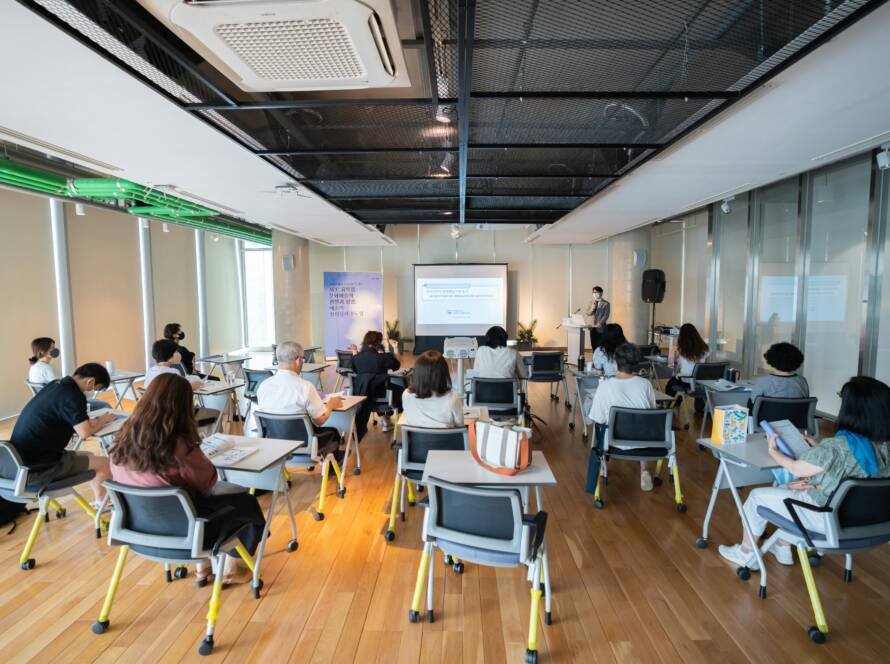AI is no longer just a futuristic concept; it’s actively reshaping industries—and event design is one of the most exciting spaces where artificial intelligence is driving change. From stunning visuals and immersive experiences to streamlined planning and guest personalization, AI is opening up limitless creative possibilities. Event designers who embrace these tools can deliver experiences that are not only more efficient but also far more imaginative than ever before.
The New Era of Creative Event Planning
Traditionally, event design has relied on human creativity supported by manual processes like brainstorming sessions, mood boards, and trial-and-error prototyping. While these remain central to the art of design, AI now acts as a powerful partner, supercharging the creative workflow. Intelligent tools can instantly generate layouts, suggest thematic palettes, or even simulate lighting and décor setups in 3D. This rapid ideation helps designers move from concept to execution faster, freeing up time for fine-tuning and innovation.


Take, for example, AI design platforms that use generative algorithms. Within seconds, they can create dozens of event theme variations, enabling organizers to visualize broad creative directions without hours of manual sketching. Instead of replacing creativity, AI amplifies it, providing a launchpad for designers to explore new possibilities.
Personalization at Scale
One of AI’s standout contributions is the ability to personalize experiences for each attendee. In large gatherings, it’s nearly impossible for human planners to craft tailored elements for thousands of guests. AI solves this by analyzing data points—such as ticketing preferences, dietary requirements, and past engagement behavior—to build personalized experiences. From customized event agendas to AI-curated networking matches, guests feel valued and connected in ways that were once unattainable.
For instance, advanced facial recognition and sentiment tracking tools can help organizers understand how attendees are engaging in real time. If a session feels less engaging, the AI can recommend adjustments—such as changing visuals, music, or even room lighting—to enhance energy and participation instantly.
Enhancing Visual Storytelling
Event design is a form of storytelling, and AI changes how narratives are built in physical and digital spaces. Tools powered by machine learning can generate visuals, animations, and interactive elements that adapt to attendee moods and movements. Imagine walking into a gala where projection mapping evolves dynamically based on the crowd’s energy, or a product launch where AI-generated imagery responds to audience applause.
AI also accelerates content creation for event promotion. Designers can now generate high-quality videos, social graphics, and copy tailored to target audiences. This ensures cohesive storytelling across every touchpoint—before, during, and after the event.
AI in event design isn’t replacing creativity—it’s amplifying it, transforming imagination into immersive experiences at a scale we’ve never seen before.
Efficiency Meets Sustainability
Beyond creativity, AI brings efficiency and sustainability to event design. Intelligent simulations allow planners to experiment with layouts virtually, reducing the need for physical mock-ups and unnecessary waste. AI can also predict demand for resources like lighting, food, and transportation, ensuring that events are not only imaginative but environmentally responsible.
The Future of AI in Event Design

As AI evolves, its role in event design will only deepen—enabling hyper-interactive experiences, predictive creative planning, and smarter integration with mixed-reality technologies. Far from limiting human designers, AI empowers them to push boundaries, transforming events into unforgettable, immersive stories.
AI-driven event design isn’t just about technology; it’s about unleashing creativity on an unprecedented scale.




